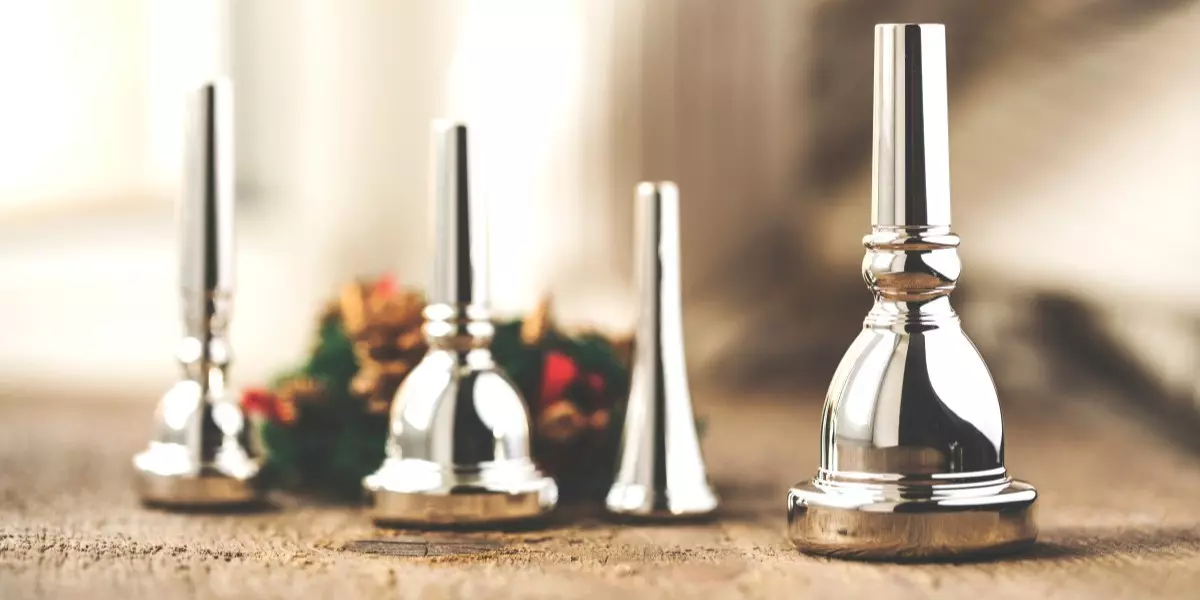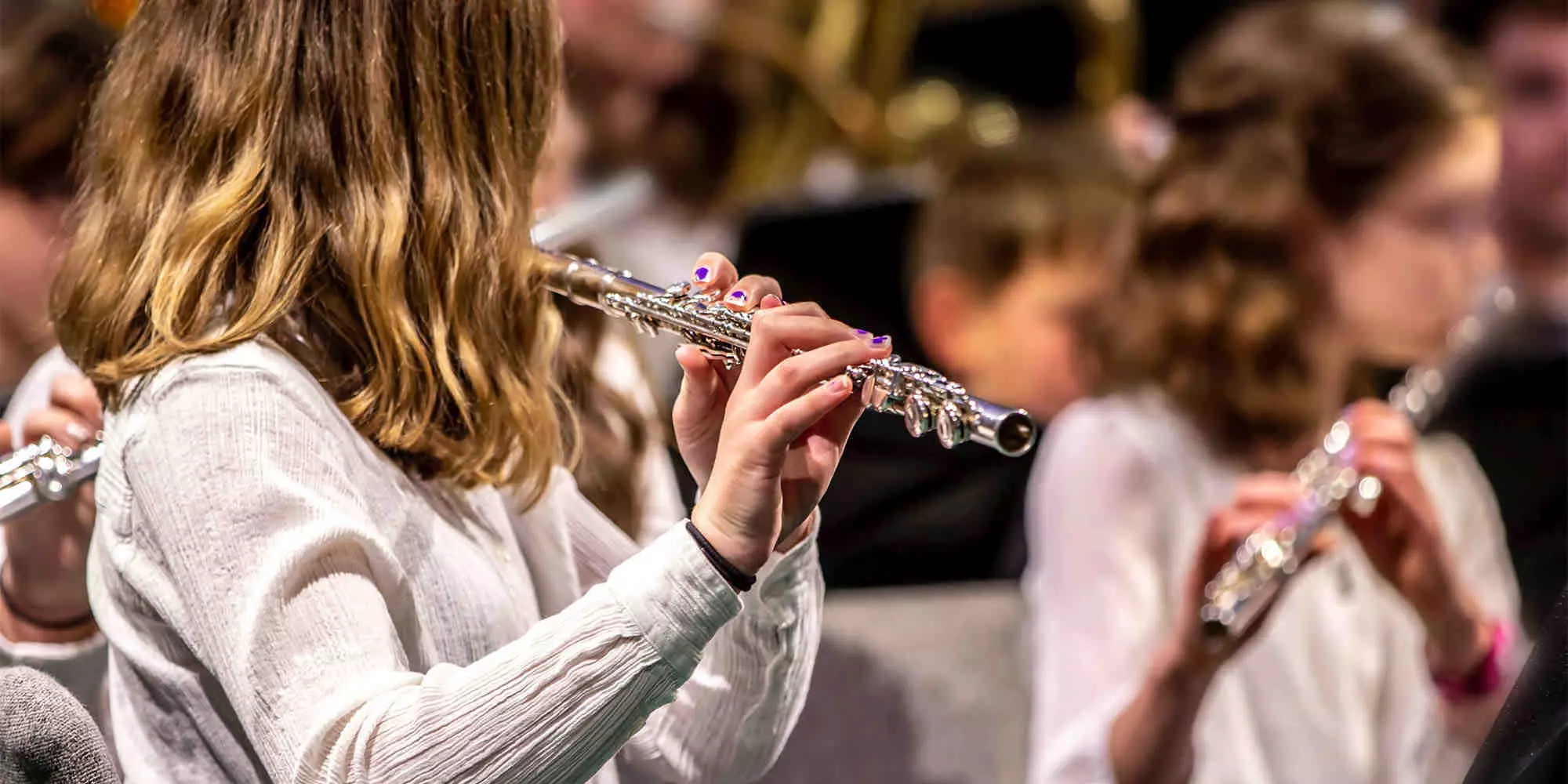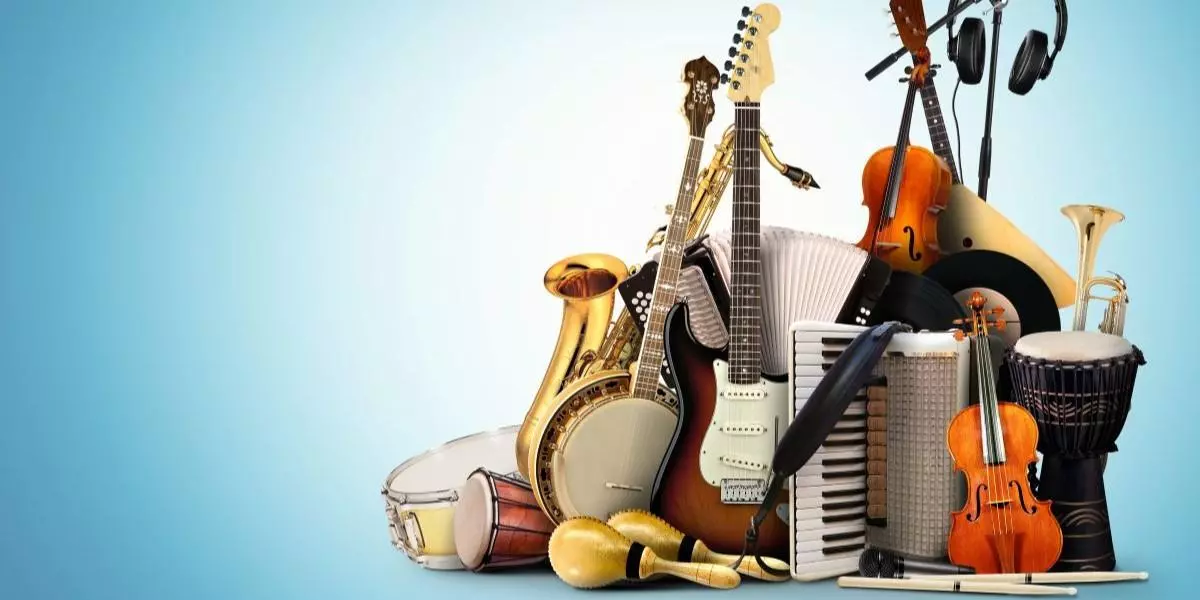Choosing the Right Mouthpiece For Your Instrument

Brass instruments, such as the trumpet, trombone, horn and tuba, require a fundamental part to play: the mouthpiece. This removable piece, positioned at one end of the instrument, plays a crucial role in sound production. The mouthpiece affects the musician’s comfort, note precision, and sound quality.
The Structure and Function of the Mouthpiece
The brass mouthpiece consists of several main parts:
- The Rim: The surface on which the musician’s lips rest. Its width and contour influence comfort and playing flexibility. A wider rim mouthpiece provides greater comfort and endurance but may reduce flexibility. A narrower rim mouthpiece enhances precision and agility but can press against the lips and reduce blood circulation.
- The Cup: A bowl-shaped cavity whose depth and diameter modify the instrument’s tone. A deep cup produces a warm, round sound but requires more physical effort. In contrast, a shallow cup facilitates high-register playing while enhancing brightness and precision.
- The Bore: The internal section of the backbore which influences projection, tuning, and tone. A well-matched combination of cup, throat, and bore can correct or alter various playing aspects.
- The Throat: A small opening at the bottom of the cup that directs air into the bore. A larger throat allows better airflow, resulting in a broader sound and higher volume. A smaller throat increases air compression, making high notes easier to reach, but at the expense of tuning accuracy.
- The Shank: The part inserted into the leadpipe, ensuring an optimal air transfer between the mouthpiece and the instrument.
How the Mouthpiece Affects Performance and Comfort
Each component of the mouthpiece affects both the musician’s performance and comfort:
- A well-fitted rim prevents fatigue and allows for longer playing sessions.
- The cup depth determines tonal quality: deep for darker sounds, shallow for more brilliance. It can also facilitate the production of low or high notes.
- The dimensions of the throat and bore affect airflow, tuning, and sound projection.
- A heavy and massive mouthpiece stabilizes the sound and enhances resonance, while a lighter one promotes flexibility and responsiveness.
Commonly Used Mouthpiece Materials
When choosing a mouthpiece, the material and finish can significantly affect how your instrument sounds and feels. Each option has strengths, so knowing what suits your needs can help you play comfortably and sound your best.
Brass
Brass is the most common material because it is affordable. It offers a good mix of warmth, brightness, and projection, which is great for beginners. Since raw brass can cause skin irritation, it is usually plated with silver or gold.
Stainless Steel
Unlike Brass, stainless steel is durable, rust-proof, and doesn’t need plating. Many musicians love its clear, bright tone. However, stainless steel can feel more rigid when playing, making it more challenging for beginners.
Bronze
Bronze has a darker, richer tone than brass. They project well and keep their brilliance in the upper register. However, bronze is a heavier material, which might take getting used to.
Titanium
Titanium is super light, responsive, and comfortable for extended playing sessions. Titanium is also resistant to wear; however, because of its rarity, it is expensive.
Plastic
Plastic mouthpieces are great for beginners, outdoor performances, or players with metal allergies. Plastics don't get cold, are easy on the lips, and are affordable. However, they don’t project as well and can sound less full than a premium material.
Wood
Wood is rare but offers a warm, smooth tone many players love. It’s usually used for woodwind instruments and requires careful care because of its sensitivity to humidity. Wood provides a unique feel and sound.
Common Mouthpiece Finishes
Silver Plating
Many players choose silver plating as their finish of choice. It provides a bright tone and a slightly textured surface for better grip. However, it tarnishes easily and needs regular cleaning.
Gold Plating
Gold plating is smooth, warm to the touch, and doesn’t tarnish as easily as silver. Gold also adds a richer tone and is great for players with metal allergies. The downside of gold is the cost since it's a premium option.
Matte Finish
Matte finishes offer a soft, non-slip feel that helps with control, especially during long sessions. They’re less shiny and may slightly reduce projection. Still, many players prefer the comfort and stability.
Types of Mouthpieces by Instrument
- Trumpet: Small mouthpiece for a bright sound.
- French Horn: small, conical mouthpiece for a smooth tone.
- Trombone & Euphonium: Large mouthpiece for a broad sound.
- Tuba: large mouthpiece for a rich and enveloping tone.
When Should You Replace Your Mouthpiece?
It may be worth considering a mouthpiece change if:
- Your tone does not match your musical intent.
- You struggle to achieve a consistent sound across your instrument’s range.
- You lack flexibility in your playing.
- You experience excessive resistance or must exert too much effort for a mediocre result.
Selecting the right mouthpiece can be difficult. Testing it before trying it out is a great way to get a feel for how the mouthpiece plays. A knowledgeable advisor at a Long & McQuade retail store can guide you and answer your questions.
The Importance of Choosing the Right Mouthpiece
The choice of mouthpiece is crucial in mastering brass instruments. It influences comfort and playing quality and allows for adaptation to technical and artistic demands.
Selecting a mouthpiece is like choosing a pair of shoes. Each musician has a unique build, and a mouthpiece that fits one player perfectly may not suit another.
Material and finish also play a key role, depending on the desired comfort, playing style, and tone. For instance, a jazz musician may prefer a mouthpiece that brightens the sound, while a classical musician might opt for a more comfortable model.
Experimenting with different configurations enables each musician to find the optimal equipment, contributing to their artistic expression and technical mastery of their instrument.








